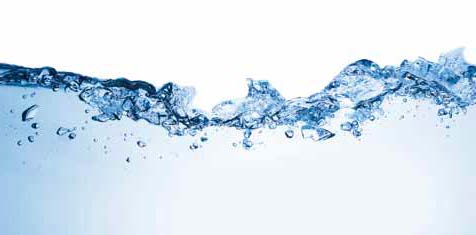Assessment of hydration status
Dr. Susan Shirreffs, Glaxo Smith Kline (UK).
 Because of the potential for problems resulting from abnormalities of fluid balance, hydration status is frequently assessed in physiology, nutrition and in clinical medicine. There may be many different reasons for assessing hydration status, and the method of choice will depend on the population of interest, the level of precision required, on the facilities and expertise available and on budgetary considerations.
Because of the potential for problems resulting from abnormalities of fluid balance, hydration status is frequently assessed in physiology, nutrition and in clinical medicine. There may be many different reasons for assessing hydration status, and the method of choice will depend on the population of interest, the level of precision required, on the facilities and expertise available and on budgetary considerations.
It is important to recognise that much of the literature is based on assessment of changes in hydration status from a baseline condition that may or may not be euhydrated (Maughan et al, 2007). While a change in hydration status is of interest in many situations, absolute hydration status may be more relevant in other contexts when there is a need to classify an individual as being euhydrated, hypohydrated or hyperhydrated. The difficulties in making such an assessment are reflected in the large number of review papers in this area. Armstrong (2007) referred to an “elusive gold standard”. These difficulties reflect in part the wide variability in reference values for the parameters of interest.
It is important, therefore, to address the level of precision that is relevant when attempting to measure deviations of body water content from the range corresponding to euhydration. In the absence of any such systematic meta-analysis, it is difficult to define a level of hypohydration that will be of clinical relevance, but it seems wise to assume that this may be in the range of about 2-5%. Those with compromised function, including the sick and the elderly and those exposed to environmental stressors, such as heat and altitude, may be affected at lower levels of hypohydration and a greater fluid deficit may be tolerable in some situations. This suggests that any method intended for assessment of hydration status should be able to detect a variation in body water content equivalent to less than about 2% of body mass.
References:
Armstrong LE (2007) Assessing hydration status: the elusive gold standard. J Am Coll Nutr 26, 575S-584S.Maughan RJ, SM Shirreffs, JB Leiper (2007) Errors in the estimation of sweat loss and changes in hydration status from changes in body mass during exercise. J Sports Sci 25, 797-804.